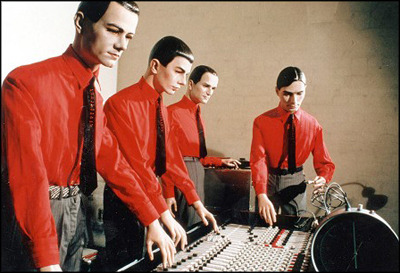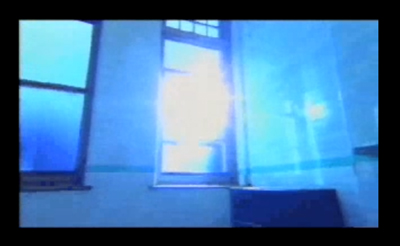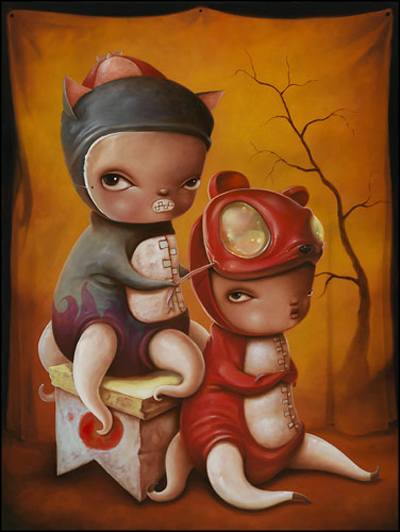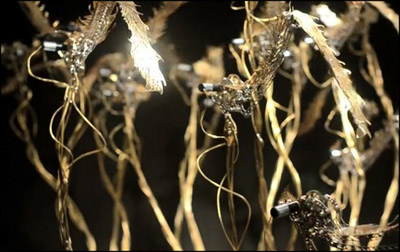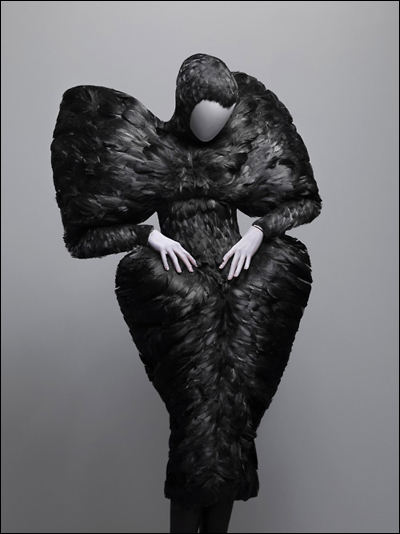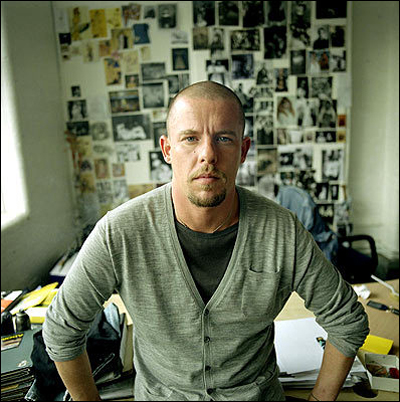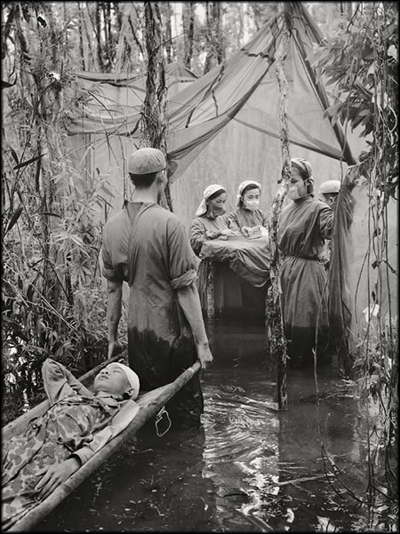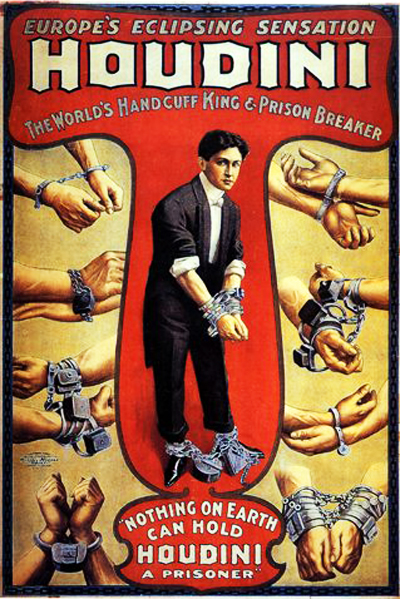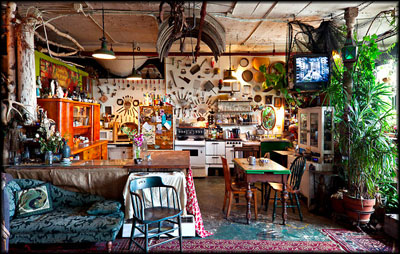
“Fuck You” Opening Party is tomorrow (Thursday, February 16th) from 6pm-9pm. Exhibition closes Thursday, March 8th. Boo-Hooray is open every day from 11am-6pm.
There’s a gallery space down on Canal St. in NYC called Boo-Hooray; it’s a splendid place dedicated to 20th/21st century counterculture ephemera, photography, and book arts. Tomorrow evening (Thursday, Feb 16th) is the opening night for their most recent exhibition: a comprehensive collection of publications from Ed Sanders’ legendary Fuck You Press, including a complete run of Fuck You, A Magazine of the Arts.
Ed Sanders‘ an unofficial patron saint of the 20th century underground who has often been referred to as “the bridge between the Beat and Hippie Generations”. More specifically, he’s a poet, singer, activist, author, and publisher. Any way you cut ‘n’ paste it, this man broke the mold and the mimeograph!
Boo-Hooray’s exhibition of fabulous Fuck You-ness will commemorate the publication of Sanders’ characteristically feisty, funny memoir, Fug You: An Informal History of the Peace Eye Bookstore, the Fuck You Press, the Fugs, and Counterculture in the Lower East Side (Da Capo Press).
Sanders shares a bit of history about his publication:
“In February of 1962 I was sitting in Stanley’s Bar at 12th and B with some friends from the Catholic Worker. We’d just seen Jonas Mekas’s movie Guns of the Trees, and I announced I was going to publish a poetry journal called Fuck You, A Magazine of the Arts. There was a certain tone of skepticism among my rather inebriated friends, but the next day I began typing stencils, and had an issue out within a week. I bought a small mimeograph machine, and installed it in my pad on East 11th, hand-cranking and collating 500 copies, which I gave away free wherever I wandered. (…)
Fuck You was part of what they called the Mimeograph Revolution, and my vision was to reach out to the “Best Minds” of my generation with a message of Gandhian pacifism, great sharing, social change, the expansion of personal freedom (including the legalization of marijuana), and the then-stirring messages of sexual liberation.
I published Fuck You, A Magazine of the Arts from 1962 through 1965, for a total of thirteen issues. In addition, I formed a mimeograph press which issued a flood of broadsides and manifestoes during those years, including Burroughs’s Roosevelt After Inauguration, Carol Bergé’s Vancouver Report, Auden’s Platonic Blow, The Marijuana Review, and a bootleg collection of the final Cantos of Ezra Pound.
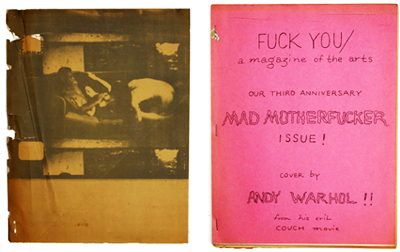
Other contributors to Fuck You included Allen Ginsberg, Andy Warhol, Julian Beck, Ray Bremser, Lenore Kandel, Charles Olson, Tuli Kupferberg, Joel Oppenheimer, Peter Orlovsky, Philip Whalen, Herbert Huncke, Frank O’Hara, Leroi Jones, Diane DiPrima, Gary Snyder, Robert Kelly, Judith Malina, Carl Solomon, Gregory Corso, Robert Duncan, Robert Creeley, Michael McClure, Ted Berrigan, Joe Brainard, Gilbert Sorrentino, and countless others.
It was a ‘zine “dedicated to free expression, defying taboo subjects, celebrating sexual liberation and the use of psychedelics years before the Summer of Love. Sanders and his collaborators bridged the Beats of the Fifties and the counterculture of the late Sixties, and helped define many of the differences between the two—the latter building on the breakthroughs initiated by the former.”
The Fuck You opening party is happening Thursday, February 16th – 6pm-9pm. Sanders will be reading from/signing copies of his book. Exhibition closes Thursday, March 8th. Boo-Hooray is open every day from 11am-6pm.
New Yorkers! Don’t miss this! (And by all means, report back in comments.)
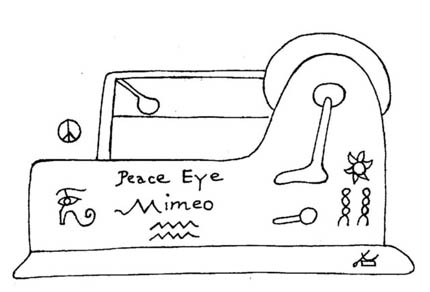
(Hat tip to William Gibson.)
